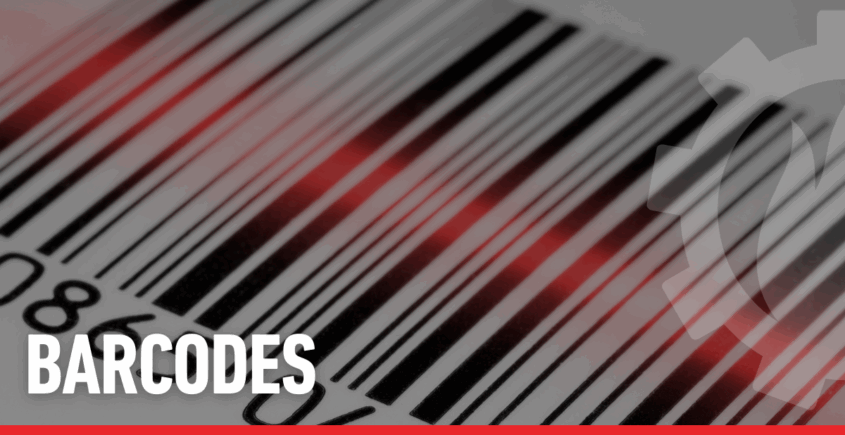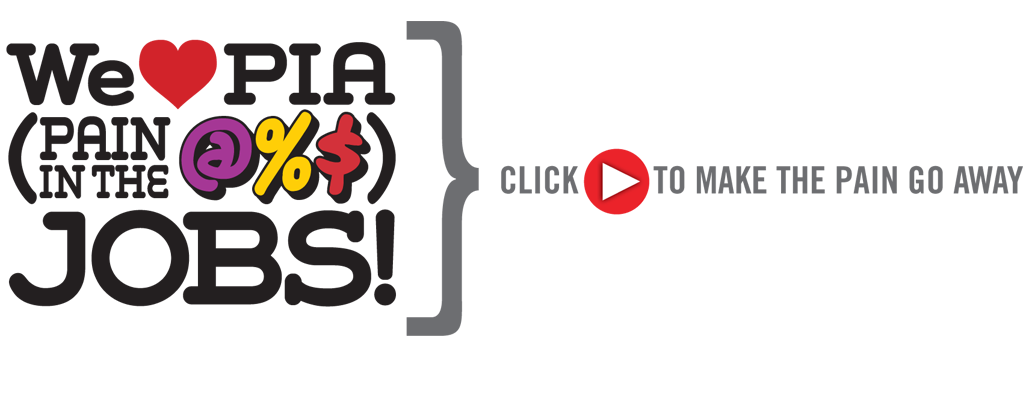Barcodes
It’s fun to look back at how ideas become inventions, patents mark time, and innovations spread into our culture and daily routines. At a recent shopping visit with Jackie, I watched the cashier “fly” through our grocery selections, happily chatting away as she was listening for the beeps of the barcode reader. It got me thinking about the teams of individuals that thought up the idea, tested it, built equipment, tested it again, and then brought it to market. I was intrigued and decided to go digging for more info and history. I was surprised to find out the barcode’s origins go back to drawing in the sand (something I love to do with the grandkids at the beach – sandcastles and burying grandpa are part of our fun too!). Here’s some fascinating info on barcodes, and a bit about their discovery and evolution over time. Enjoy.

- The first barcode was invented in 1948 by two Drexel University students named Norman J Woodland and Bernard Silver. They were interested in tackling the problems of the supermarket industry, which sorely needed a better method of inventory management and customer check-out. The pair received a patent in 1952. The initial design, a circle, worked great in the lab but was somewhat impractical due to the limitations of printing and scanning technology of the day.
- Woodland famously drew the first design in sand while relaxing on a Florida beach. He stuck his fingers into the sand and, using Morse code dots and dashes, stretched them vertically into lines. Their “Classifying Apparatus and Method” patent was granted for a bullseye-shaped barcode, which could be read from any angle.
- The first practical implementation of a linear barcode came in the 1960s when the Association of American Railroads sponsored a project and Sylvania built the KarTrak ACI (Automatic Car Identification) system. David J. Collins, an MIT graduate, designed the system. He had become aware of the need for tracking rail cars while working for the Pennsylvania Railroad as an undergraduate. Collins’ KarTrak system used a pattern of 3M Scotchlite blue and orange strips, which encoded mainly ownership details and a unique car number.
- The KarTrak barcode reader was a machine the size of a refrigerator. It would activate as the train approached, shine a 500-watt light on the cars, and a sensor would interpret the reflections. The data would print out on a teletype machine, paper, or magnetic tape. In some cases, data could be recorded directly to a computer (keeping in mind that computers of the day could fill a small room). All North American railroads adopted KarTrak. Amazingly, in 1975, a full 90% of US rail cars carried KarTrak labels.
- Three short years later, in 1978, KarTrak was abandoned. Many reasons are cited, such as poor read accuracy, lack of maintenance of the barcodes, the high cost of computers, and a rash of railroad bankruptcies.
- At the height of KarTrak’s success, Collins was growing increasingly frustrated at Sylvania. He couldn’t convince his management to pursue other markets for his barcode technology and decided to quit Sylvania and co-founded Computer Identics Corporation. Computer Identics used more affordable helium-neon lasers to illuminate barcodes. The lasers could be directed using motorized, moving mirrors, which enabled scanning barcodes rapidly from a wide variety of angles. It was a major improvement in speed, accuracy, and reliability and allowed the scanner to read partially damaged labels. (If you peek in a grocery scanner today, you’ll see the mirrors and lighting inside the scanner.)
- This new laser-based barcode system found a happy home in a General Motors manufacturing plant in Pontiac, Michigan, and was successfully used to track the manufacture of car axles. This victory propelled the nascent technology forward and cemented Computer Identics’ place in the industrial history books.
- Barcodes for supermarkets remained a holy grail of sorts due to the potential for huge productivity gains. A technology race developed between RCA and IBM throughout the 1970s. RCA had purchased the original barcode patent, but ultimately, IBM (which didn’t have the patent, but hired Norman Woodland, the original inventor) won the race with the invention of the linear UPC barcode. Woodland led a team of engineers, and UPC beat out RCA’s bullseye barcode design, primarily due to limitations of the printers of the age.
- The invention of the UPC barcode, the falling cost of lasers, and the rise of the integrated circuit all coincided to enable the most significant achievement in logistics in the millennium — buying a pack of gum. On June 26, 1974, at 8:01 am, Sharon Buchanan pulled an item from her cart and scanned the first grocery item ever in a Marsh’s Supermarket in Troy, Ohio — a 10-pack of Wrigley’s Juicy Fruit gum (a sample pack of gum and a receipt are now in the Smithsonian Museum).
- To the delight of cashiers everywhere, many supermarkets in the US in the 1980s adopted barcode scanning technology. The Universal Product Code (UPC) symbol was the barcode of choice and today can be found on nearly every manufactured retail item. What’s interesting about a UPC barcode (UPC-A, to be specific) is that it encodes just two facts: Manufacturer and Product Code. For example, “General Mills” (the manufacturer) and “21-oz Family Size box of Cheerios” (the product code). UPC barcodes are not unique tracking numbers. They are essentially a part number.
- To be exact, UPC codes can encode a maximum of 11 numeric digits (0 through 9) plus a 12th trailing checksum (the result of an algorithm or function applied to the other numbers and is used to ensure accuracy in scanning). UPC supports no letters and no special characters like punctuation. This limits the range of numbers you can encode to whatever you can cram into 11 digits (0 through 99,999,999,999). While 100+ billion unique numbers might sound like a lot, other kinds of barcodes can do better by allowing non-numeric characters as well as some longer codes you’ve likely seen on products today.
- In the year 2000, U.S. publications like Wired, Parade magazine, and Forbes began printing proprietary barcodes next to articles and advertisements. The intent of the barcodes was to require readers to scan them in order to “learn more”. (This all happened before the advent of the modern smartphone.) The barcodes could only be read with a device called a :CueCat. – (not a mouse, but a small cat-shaped device to scan the codes). Thus, subscribers of the aforementioned publications woke up one day to find a :CueCat device in their mailboxes. Radio Shack gave away, for free, thousands of the devices at its retail stores (may have led to bankruptcy!).
- Installation of the software and cat hardware was cumbersome, and never really caught on. Dial-up internet was the norm, so readers had to stop, log in via slow dial-up internet, scan, wait, and be disappointed to find even more advertising messaging. What they accomplished instead was to create what PC Magazine dubbed one of “The 25 Worst Tech Products of All Time.” The :CueCat was universally considered a failure of the highest order.
- Barcodes are used to identify patients in hospitals, validate prescriptions, automate manufacturing processes, log into wifi networks, exchange contact information, check in airline passengers and movie-goers, check out groceries and other retail purchases, help you track your calories using smartphone apps, and much, much more. We track inventory here at KHT using our OCTA ERP system to assist in keeping all of those PIA (Pain in the @%$) Jobs moving merrily through our campus.
- As barcodes evolve, other identifiers such as product QR codes are appearing throughout the industry. Able to contain more detailed information a QR code provides the consumer with access to rich data, such as pricing, location, and product attributes. We’ll watch the industry as these two technologies coexist and come together over time.
How did you do on last week’s logo contest?
Check out our logo guide for the “Dancing in September” post here!






Leave a Reply
Want to join the discussion?Feel free to contribute!